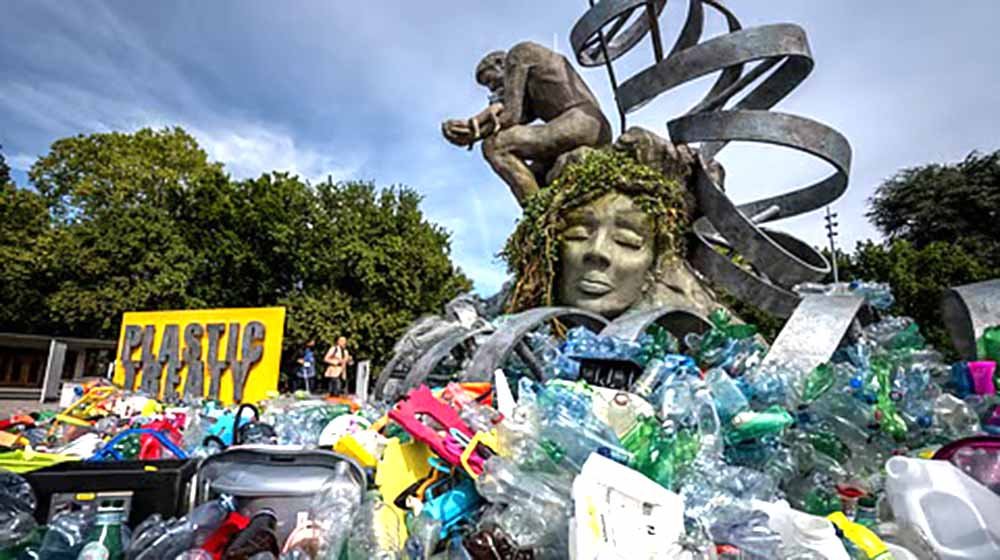Plastic production has exploded in the last century – to some it has been a miracle product while to others it is a pollution nightmare.
Scientists have estimated that there are nearly 200 trillion pieces floating in the world’s oceans, and this could triple if no action is taken.
In 2022, countries agreed to develop a legally binding global treaty to cut the waste and the harmful chemicals some plastics contain – but after two years no agreement has been reached.
On Tuesday, the world’s nations meet again at a UN conference in Geneva – could they finally agree how to curb the plastic excesses?
Human societies have used plastics that occur naturally in the environment for hundreds of years, in the form of rubber, horn and shellac. But the 20th Century brought the explosion of synthetic plastics, made from processing fossil fuels. The material’s versatility, strength and heat-resistant properties has lent itself to thousands of uses, from sewage pipes to life-saving medical equipment, to clothing.
It has become ubiquitous in a short time without understanding its full impact, explains Dr Alice Horton, research scientist at the National Oceanography Centre.
“Proportional to life on earth, plastics have been around for no time at all, there are people alive that weren’t using plastics as children. I think that’s what makes this quite a concerning material,” said Dr Horton.
“It has exploded in such a way that we are using it in every application in our lives and yet we are suddenly realising there may be problems with it.”
Levels of plastic production have grown exponentially over the last few decades. In 1950 two million tonnes was produced, by 2022 that had risen to 475 million tonnes. Although plastic can be reused, the cost and availability of recycling infrastructure means very little is. About 60% of all plastics are single use and just 10% are estimated to be recycled, according to analysis in Nature. Plastic has been shown to accumulate in the marine environment where it poses particular problems for wildlife who can ingest it.
“They can confuse it as food, which then harms their internal organs and also can lead to fatalities, because of digestion difficulties,” said Zaynab Sadan, global plastics policy lead at WWF. She said they could also become entangled in discarded fishing gear or plastic packaging that has entered the ocean from sewage systems.
When it enters the environment, most plastic breaks down into smaller and smaller pieces – known as microplastics. They have been found across all geographical ranges, from the deep sea to mountain tops, and across all living systems ever tested.
Research is continuing to understand the full impact, with different species faring better than others. But Dr Horton from the National Oceanography Centre warns there is a threshold where animals will start to be harmed. “When we [get] accumulation of plastic in tissues we start seeing inflammation, cell damage, hormonal changes. Things that are not outright going to kill an organism but likely to have this accumulative, long-term effect whereby they get weaker and weaker, and sicker and sicker, and either become diseased or die,” she explained. Plastics are a “grave, growing and under-recognised danger” for human health, according to a new expert report.
The Lancet Countdown estimated that health-related disease and death from the “plastic crisis” is responsible for at least $1.5tn (£1.1tn) a year in health-related damages.
These impacts can range from air pollution from the production of plastic, through to elevated risk of cancer, respiratory illnesses and miscarriages from plastic contamination in our bodies. Plastics contain more than 16,000 chemicals such as dyes and flame retardants, some of which are toxic cancer-causing.
Despite the growing body of evidence of the hazards of plastic, the Lancet report highlights that there is a lack of transparency as to what is in most products. Just a quarter of plastic chemicals have data on their impact, but of those tested 75% were found to be “highly hazardous”. (BBC)
Friday, August 8, 2025

